CCTV News:Labor-intensive industries are the traditional dominant industries in China’s foreign trade, but they are also facing increasingly fierce international competition. In the first two months of this year, the export value of China’s labor-intensive products increased by 22.2% year-on-year, and many industries broke through in the competition. The global market share of China’s toothbrush industry is about 60%. How can small toothbrushes keep a large share? Let’s go and see The Secret Behind.
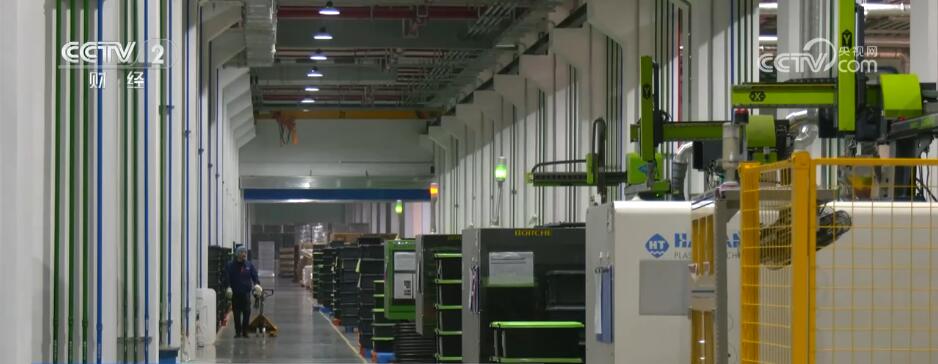
In a toothbrush factory in Yangzhou, Jiangsu, more than 200 sets of production equipment are busy working, and the shaping, coloring and hair insertion of the brush handle are all completed automatically. The person in charge of the company told the reporter that half of their orders come from overseas and grow at a rate of about 30% every year. In order to meet the growing demand for overseas orders, this smart factory was put into production at the end of 2023.
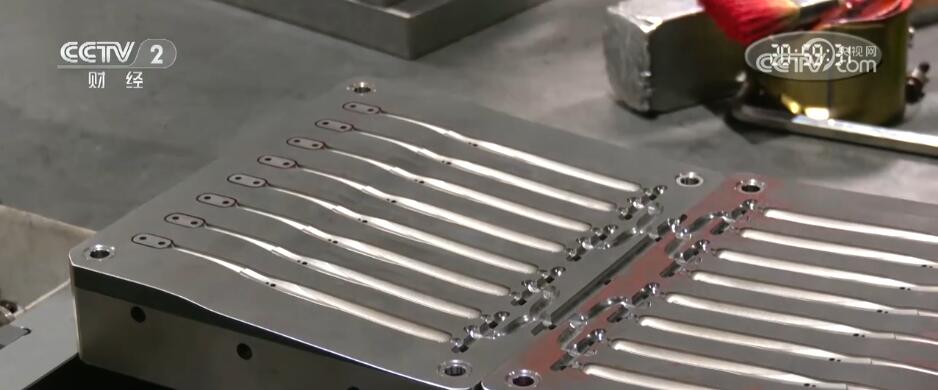
The production efficiency of toothbrush also depends on the quality of mold. A good mold can improve the quality of toothbrush and reduce the rate of defective products. In another toothbrush enterprise in Yangzhou, Jiangsu Province, the processing center that produces molds is as lively as the product production line. The person in charge of the enterprise told the reporter that one mold can be produced here every day. Because they have improved the processing accuracy, each mold can make at least 4 million toothbrushes.
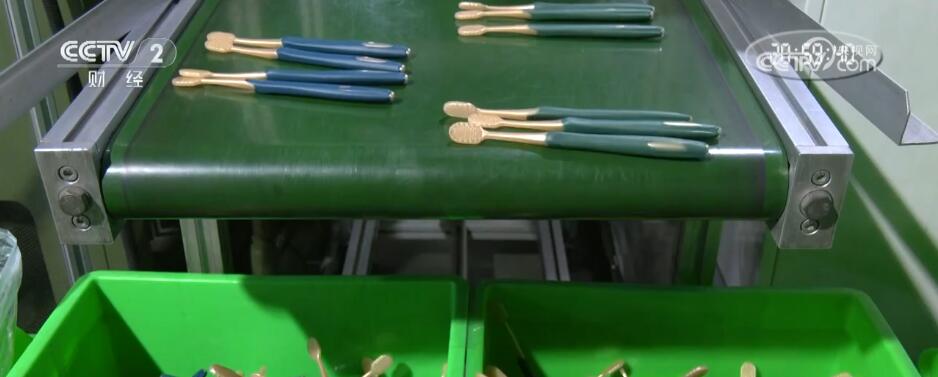
Jiang Qiang told reporters that their annual R&D investment exceeds 3%, which is to do a good job in the transformation and upgrading of traditional industries and improve the global competitiveness of toothbrushes. It is understood that one out of every three toothbrushes in the world comes from Yangzhou, Jiangsu.
Old industry, new hand clothing enterprises form a group to start cross-border e-commerce
Besides toothbrushes, clothing is also a typical labor-intensive industry. China has been the world’s largest clothing producer and exporter for many years. Facing the fierce competition in the international market, the export value of clothing still achieved double-digit growth in the first two months of this year. In the investigation, the reporter found that many garment enterprises seized the new opportunity of cross-border e-commerce on the way to breaking the situation.
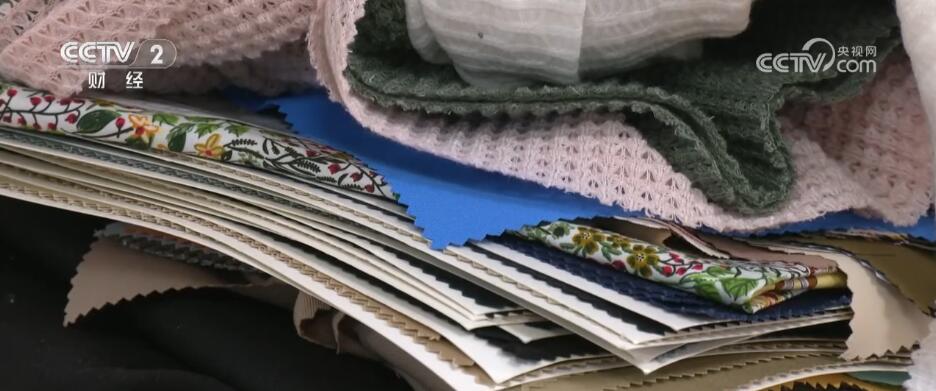
Zhou Huiming is the head of a clothing enterprise in Ningbo, Zhejiang Province. Since 2007, he has been engaged in clothing export. A few years ago, overseas orders met with bottlenecks. After investigation, he and several friends who encountered similar problems started a second venture and established a cross-border e-commerce clothing export enterprise.
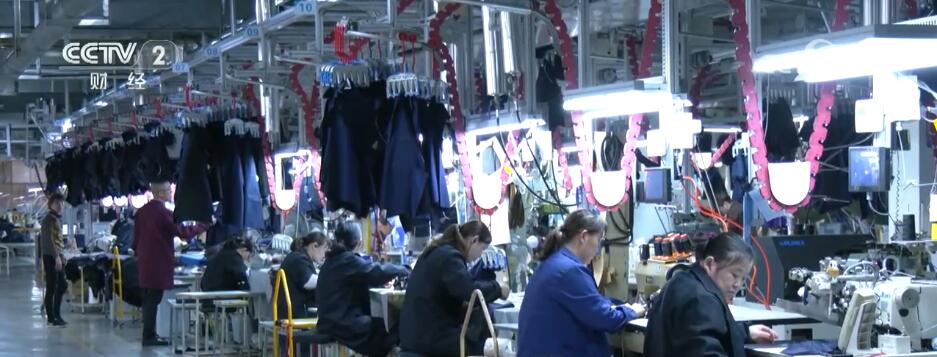
After discussion, they targeted the customer base at small overseas e-commerce companies. Finding targets through overseas social media, promoting their own brand products and providing OEM cooperation have become their main channels for expanding customers.
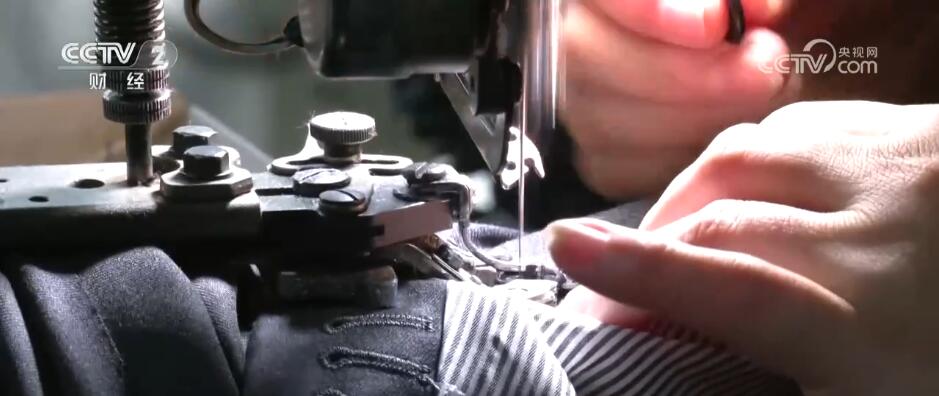
Traditional garment foreign trade factories have to order at least thousands of pieces, while cross-border e-commerce has a small single order, and sometimes it is difficult to find factories to take orders. Zhou Huiming, relying on the original factory and industrial chain, quickly solved this problem, and the sales performance doubled year by year.
Live air freight overseas warehouse practitioners "show their magical powers" to help clothing exports
In addition to clothing manufacturers "holding a group" to do cross-border e-commerce, many people have made great efforts in mode and logistics, and the practitioners of "showing their magical powers" have helped China’s clothing exports to grow substantially.
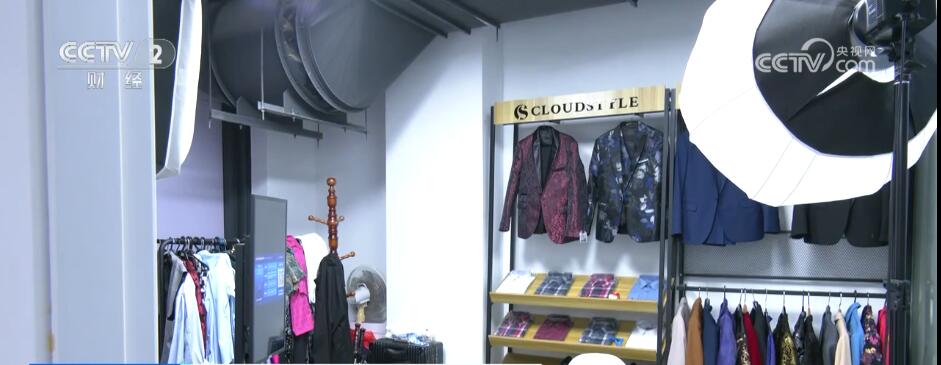
A small room of several square meters, two rows of colorful men’s suits, this cross-border e-commerce enterprise in Hangzhou, Zhejiang Province, is a cross-border e-commerce live broadcast room specially for North American consumers. The person in charge of the enterprise told the reporter that cross-border e-commerce has greatly shortened the supply chain of clothing exports, and they can face overseas consumers directly.
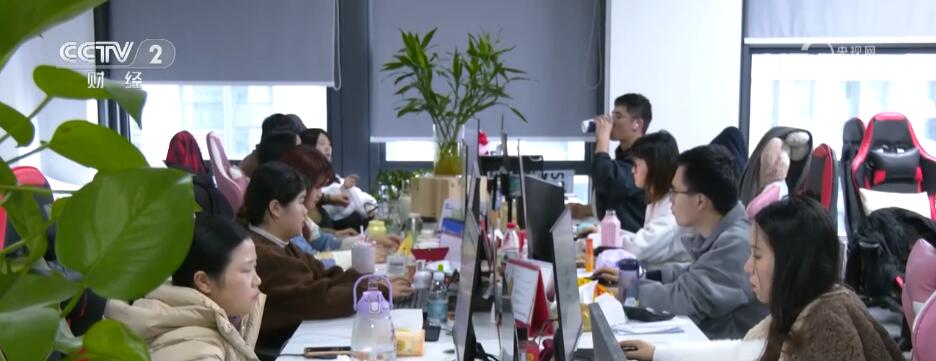
John young said that they used big data to collect a large number of overseas buyers’ comments on the Internet as design guidance. After accumulation, their export volume increased by more than 30% in the first quarter of this year. Network shortens the distance between supply and demand, while aviation shortens the transportation time limit. At Hangzhou Xiaoshan International Airport, small packages are passing the cross-border e-commerce inspection and will be sent to Japan soon. The person in charge of the cross-border e-commerce platform told the reporter that the purpose of taking clothes by air is to improve the repurchase rate of overseas consumers, and the more densely woven international routes provide a guarantee for air transportation of clothes.
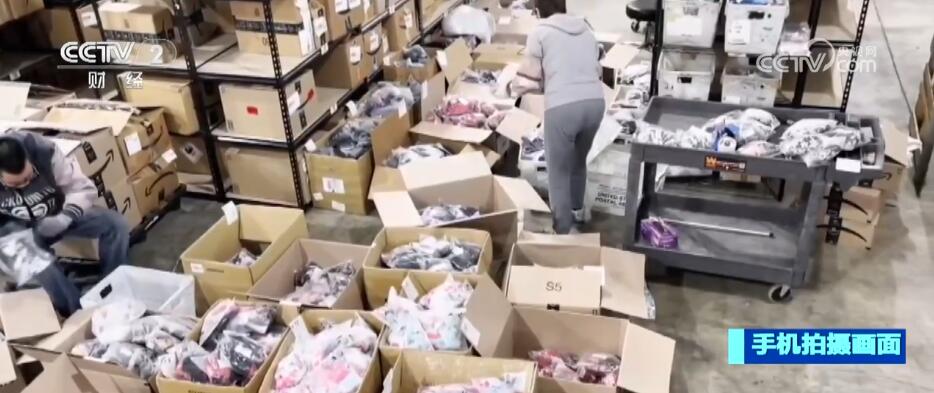
Faster than air freight are overseas warehouses. The reporter learned from an American clothing overseas warehouse that after the consumer placed the order, the eastern region of the United States was 3-mdash; The goods can be received in 4 days, while it only takes 2 days in the western United States, and the number of cross-border e-commerce practitioners entering overseas warehouses is increasing.
关于作者